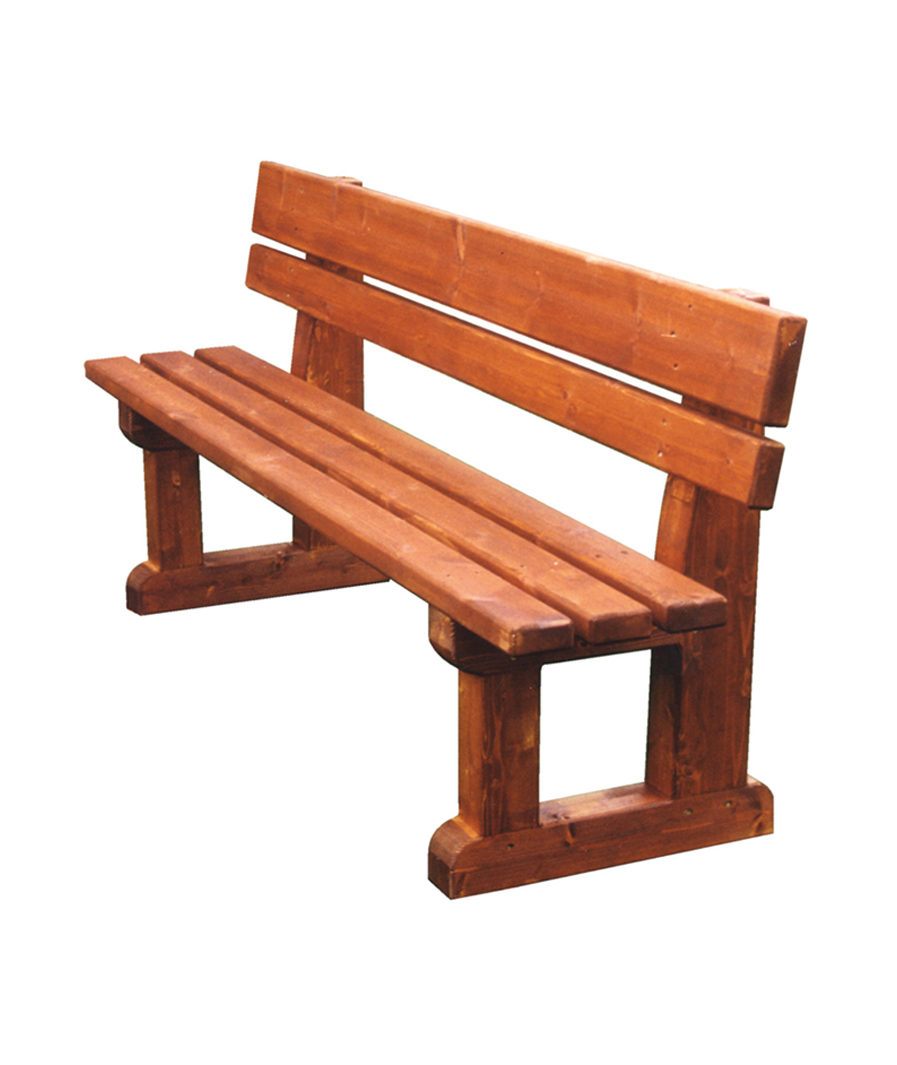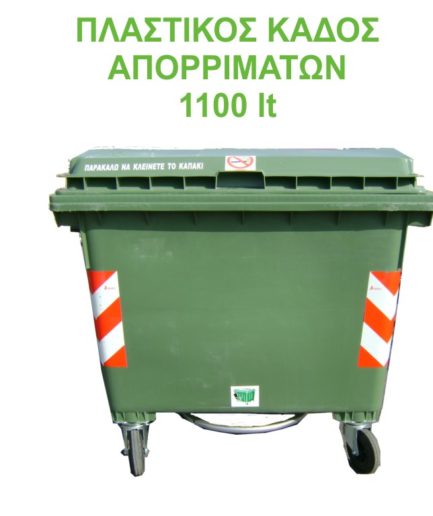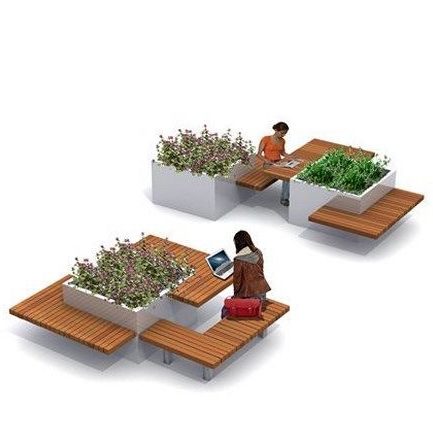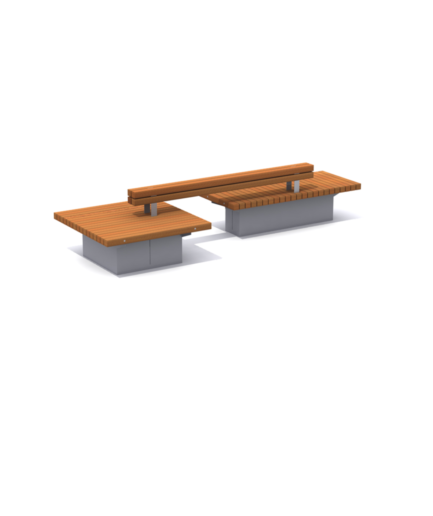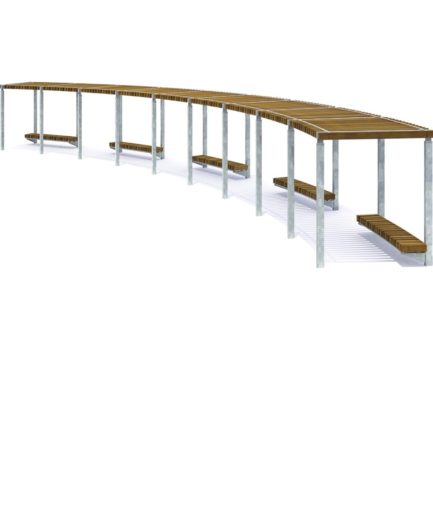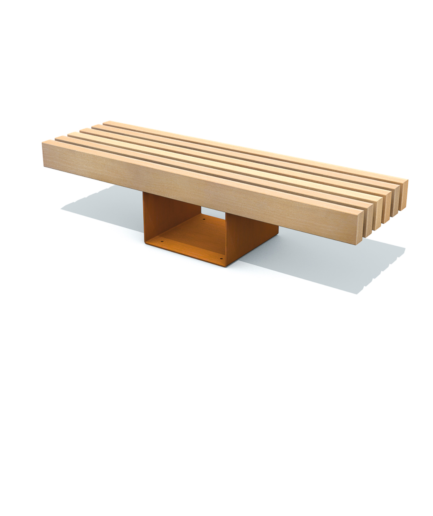BENCH 0020-305
0020-305
The bench is made exclusively of wood and metal joints. It has overall dimensions: length 180 cm, width 58 cm and height 83 cm.
Its wooden frame consists of two elements of 9×9 cm cross section. Each element consists of two vertical timbers. The first is 23 cm high and the second is 72 cm high, as it is a support for the back of the bench. A piece of 38 cm height has been removed to give ergonomics to the construction.
At the base of each side element there is a horizontal wood of 9x9cm and a length of 58cm, while similar wood is also 23cm above the base wood. The free edges of the two horizontal woods have been edited to obtain rounded edges.
The back consists of two wooden elements of the same length 180 cm but of a different rectangular cross section with rounded edges. The top wood has a cross section of 4.5×14.5 cm, while the bottom wood has a cross section of 4.5×10 cm.
The seat consists of three wooden elements 4,5 x 10 cm with rounded edges and 180 cm in length.
The wooden seating elements are attached to the horizontal upper wood of the side element by means of 5×80 screws.
All wood, both back and seat, protrude 20 cm from the inside and outside of the bench.
TIMBER
The wood used is composite non-stick Swedish pine timber, in accordance with EN 351. It is manufactured with special compound (welding of wood) in different sections depending on the intended use.
COMPOSITE wood is 40% stronger than whole wood. It has a strength of 360 kp / m2 and a specific weight of about 480 kg / m3.
It contains about 15% moisture
Contains minimal juices (resin) compared to other pine family trees in other countries (weather in northern Sweden up to -25 ° C)
It has a thermal conductivity of s = 0.10 Kcal / Mho and sound insulation 3.5 times greater than concrete or bricks of equal thickness.
It has antimagnetic properties and is a poor conductor of electricity
It is resistant to fire and is classified in categories F30 and F60 (by DIN 4120) according to its cross-section.
When the outer part of the cross-section burns, its interior protects and retains its strength.
It is processed just like commercial wood
It retains its shape and distorts or creates minimal fractures
Annual wood rings are usually perpendicular to the long side of the cross-section with a significant increase in the mechanical strength of this surface when applied to floors.
All corners of the wood are planed to a radial of 5 mm minimum.
METALLIC ELEMENTS
The metallic elements used in the manufacture of the equipment (screws, connectors, etc.) are made of metals either thermo-galvanized or electro-galvanized, where the surface preparation has been preceded by sandblasting or stainless steel. The dimensions and cross-sections of the metallic elements are sufficient to accommodate (with an appropriate safety factor) the loads for which they have been designed to withstand corrosion and adverse weather conditions.
PAINTS
The varnishes and paints that protect the wooden parts are specially designed for the climate of our country and are absolutely harmless to the users (they do not contain lead, chromium, cadmium or other heavy metals) and give high strength to our constructions.
All production work processes for the processing of raw materials are carried out according to
The ISO9001: 2015 quality system
The environmental management system ISO14001: 2015

